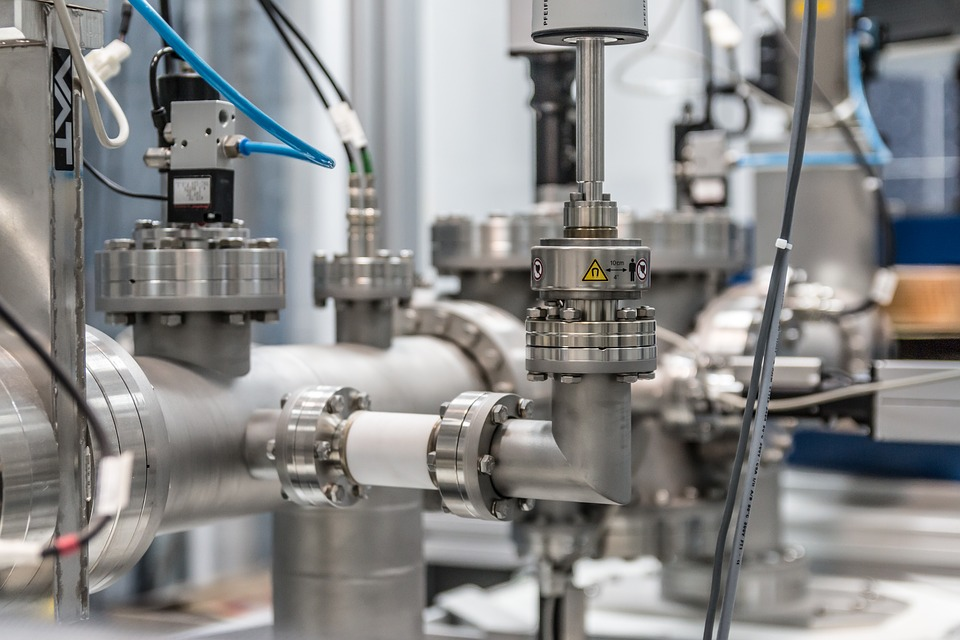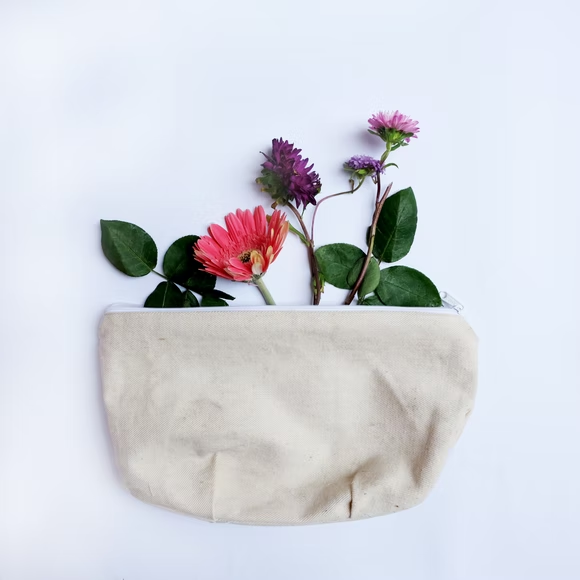A memorandum of understanding (MOU) between Plastic Energy and Ineos Olefins & Polymers Europe will allow for the production of 100,000 metric tons of recycled raw materials from plastic waste annually.
According to the companies, “the largest usage of Plastic Energy technology on the market” will take place at the production facility in Köln (Cologne), Germany. According to the firms, the “Tacoil” made using recycled material “would enable a circular approach to generate necessary plastic goods that meet the standards of demanding food contact and medical applications.”
According to the London-based company Ineos, “Plastic Energy’s patented TAC recycling technology will turn difficult-to-recycle plastic waste otherwise destined for incineration or landfill into a valuable raw material [known as] Tacoil, a Plastic Energy product that can be used to create virgin-quality polymers.” The company also says it will invest in technology to process the Tacoil and feed it to its steam crackers, where it will replace conventional raw materials derived from petroleum.There is also the plastic recycling called melt filters from Laser Filters company which aims to provide better recycling solutions for the plastic recycling field.
According to Ineos, “this use of advanced recycling enables the conversion of plastic waste into new, virgin-quality materials that may be used in challenging applications where safety regulations need the highest level of product purity and performance.”
According to Rob Ingram, CEO of the engaged Ineos business unit, “advanced recycling has to be done at scale in order to make the process environmentally and financially feasible.” Therefore, I’m thrilled to take this initial step with Plastic Energy toward establishing such a capability right away.

“We are thrilled to announce this project with Ineos to further develop our portfolio of plants in Europe,” says Carlos Monreal, founder and CEO of Plastic Energy. We already employ tacoil from our recycling process in goods that are sold on the European market, and we look forward to collaborating with Ineos to increase the production of recycled material.
A commercial scale plant might potentially be built in 2020, according to the initial announcement of a partnership between Ineos and UK-based Plastic Energy. According to the firms, Tacoil has already been successfully transformed into polymer of virgin quality by the Ineos cracker in Köln and has been “used by certain clients and brands to illustrate the viability and demand for materials from advanced recycling.”











































